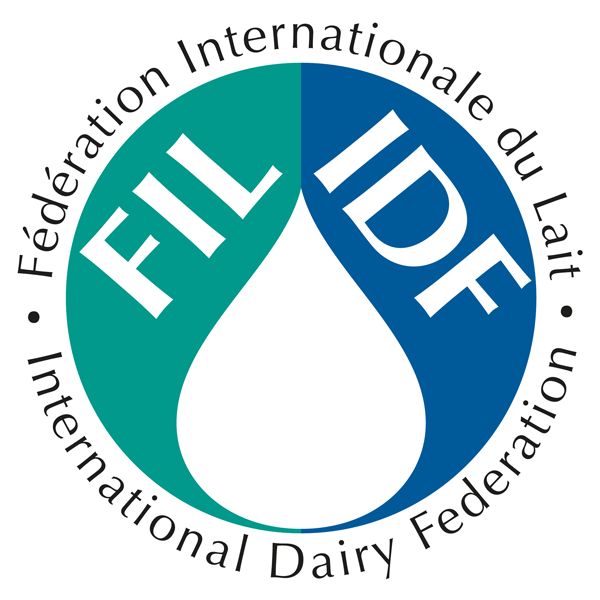Share this page
Eco-efficiency of irrigated dairy pastures in South Africa
N2O Emissions from managed soils and its implication for carbon footprint calculations
Alignment with SDGs
AUTHOR
Hendrik P.J. Smit, Thorsten Reinsch, Pieter A. Swanepoel, Christof Kluß and Friedhelm Taube, South Africa
Summary
Fertilized agricultural soils serve as a primary source of anthropogenic N2O emissions, a greenhouse gas with a globing warming potential 265 times that of CO2. In South Africa, there is a paucity of data on N2O emissions from fertilized, irrigated dairy-pastures and emission factors (EF) associated with the amount of N fertilized. However, it is important to create country-specific EFs to quantify emission hot-spots and subsequently promote mitigation strategies to ensure climate smart dairy production. This study could update South Africa´s greenhouse gas inventory more accurately and can promote ways to produce more environmentally friendly milk with low associated greenhouse gas emissions and therefore a lower carbon footprint. The aim was to obtain quantitative values for N2O emissions and to use it to calculate the carbon footprint of milk more accurately from pasture-based dairy systems in South Africa and to investigate
the effect thereof on the environment. We evaluated the effect of different N fertilizer rates on N2O emission on grazed pastures.
Field trials were laid out as a randomized block design to evaluate five N fertilizer rates (0, 220, 440, 660 and 880 kg N ha-1 year-1) as treatments, replicated in four blocks, on N2O emissions from irrigated kikuyu-perennial ryegrass (Pennisetum clandestinum-Lolium perenne) pastures. N2O emissions were captured using the static chamber method. Gas measurements were performed for one year on a weekly basis unless in the case of a fertilization event, where it was done in three consecutive days after fertilization. Gas samples were analysed for N2O through a gas chromatograph to determine daily fluxes. Cumulative fluxes were calculated by means of linear interpolation
The suggested Emission Factors of the IPCC default value for grazing systems led to an overestimation of N2O emissions.
Results shown that excessive fertilization of N will add directly to N2O emissions from the pastures. The study accumulated N2O emissions ranged between 2.45 and 15.5 kg N2O-N ha-1 year-1 and EFs for mineral fertilizers applied had an average of 0.9%. However, EF for N-deposition from animal excreta seemed to be overestimated. Taking the N-excreta into account, the excessive use of mineral fertilizers on pastures in South Africa resulted in high N surpluses (>400 kg N ha-1 year-1). Thus, the relationship between N2O-N losses and N input can best be described by an exponential function rather than a linear function. There was no positive effect on growth of pasture herbage from adding N at high rates.
A better approach would be to replace EFs of the IPCC default value with regional EF values, which are dependent on the N balance. This leads to more accurate greenhouse gas inventories from managed soils on a regional scale, where other environmental threats (e.g. groundwater pollution and eutrophication) are also addressed. Results from this study could be further used to calculate regional and management specific carbon footprint for dairy products, which opens new opportunities for
producers and the market.
A assessment of 45 farms demonstrated an increase in soil carbon of 8.9 tons CO2e per hectare and year.
Craig Galloway Tweet
The pilot study was the first to measure GHG emissions from predominantly grassland and forage systems in South Africa
The next approach is to calculate the regional specific carbon footprint of milk produced under different pasture management scenarios, using the equations developed from this study. This will give a new insight into the opportunities for producing climate-smart dairy products in South Africa
New opportunities
Trace & Save will continue to measure soil carbon and carbon footprints on farms. Both form part of the broader yearly sustainability assessments that are carried out on the participating farms. Trace & Save assesses soil health, water use efficiency, greenhouse gas emissions, nutrient-use efficiency, biodiversity conservation, people well-being and animal welfare each year on the participating farms. These assessments assist farmers to identify the impact of changes in management practices to the sustainability of their farms, and to identify opportunities for further improvement.
References
Smit, H.P.J., Reinsch, T., Swanepoel, P.A., Kluß, C., 2020. Grazing under Irrigation Affects N2O, Emissions Substantially in South Africa. Atmosphere 2020, 11(9), 925.
https://doi.org/10.3390/atmos11090925\
Viljoen, C.; van der Colf, J.; Swanepoel, P.A. Benefits are limited with high nitrogen fertiliser rates in kikuyu-ryegrass pasture systems. Land 2020, 9, 173. http://doi.org/dxh






